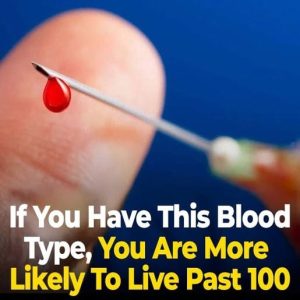A 55-year-old woman with hypertension and COPD began a new inhaler treatment (indacaterol and glycopyrronium) to manage her lung condition. Two days later, she developed **painful red patches on her face and neck**, along with a **low-grade fever**. She had no new cosmetics or food intake but had recent **sun exposure with protection**. She was urgently referred to Dermatology.
Doctors **suspected a drug reaction**, discontinued the new medication, and prescribed **oral corticosteroids**. Tests showed **leukocytosis with neutrophilia** and **negative serology**. Within 48 hours, the symptoms improved. A **skin biopsy confirmed Sweet syndrome**, a rare condition also called **acute febrile neutrophilic dermatosis**.
Sweet syndrome typically causes **sudden, painful red plaques**, often with fever and high white blood cell counts. It can be triggered by infections, cancers, autoimmune diseases, or drugs—commonly antibiotics, vaccines, and antihypertensives.
“Sweet’s syndrome can be induced by a large number of drugs,” the article notes, adding this is the **first known case linked to inhalant therapy**.
Although rare, Sweet syndrome should be considered when symptoms appear after starting a new medication. Prompt recognition and treatment are vital, as it may also indicate **hidden systemic diseases** like cancer or autoimmune conditions.





